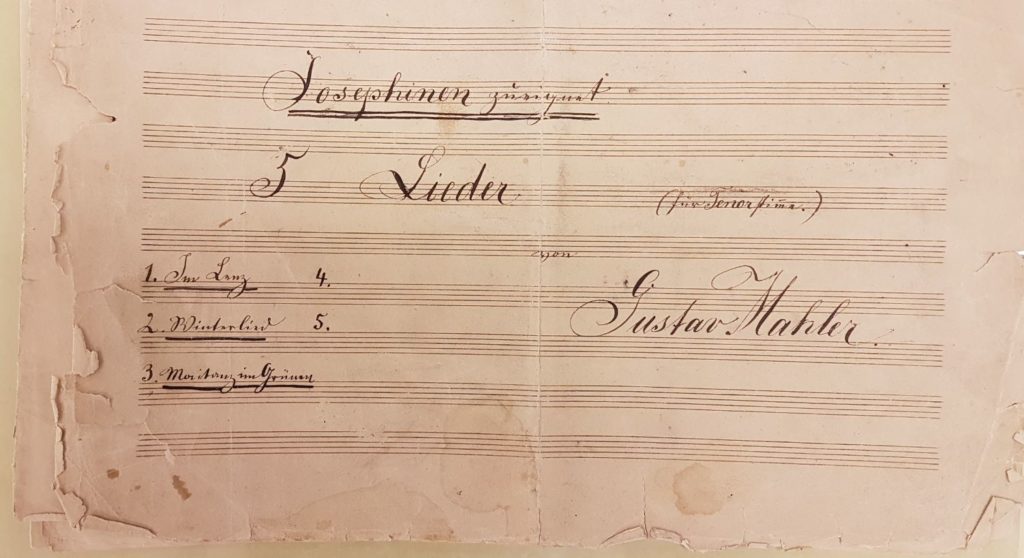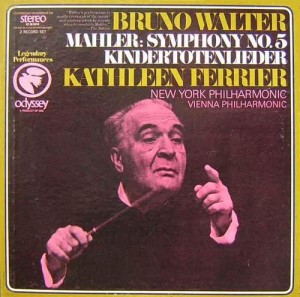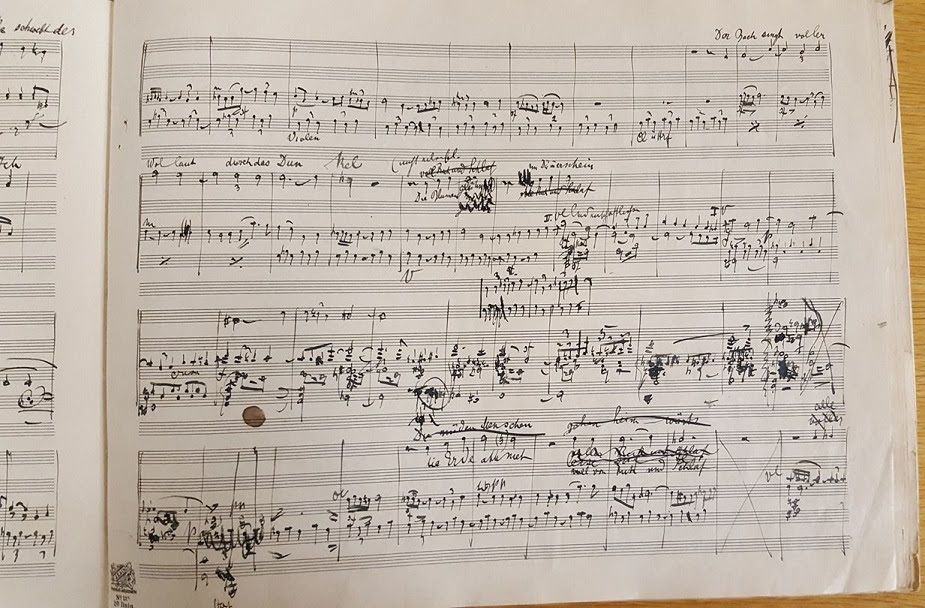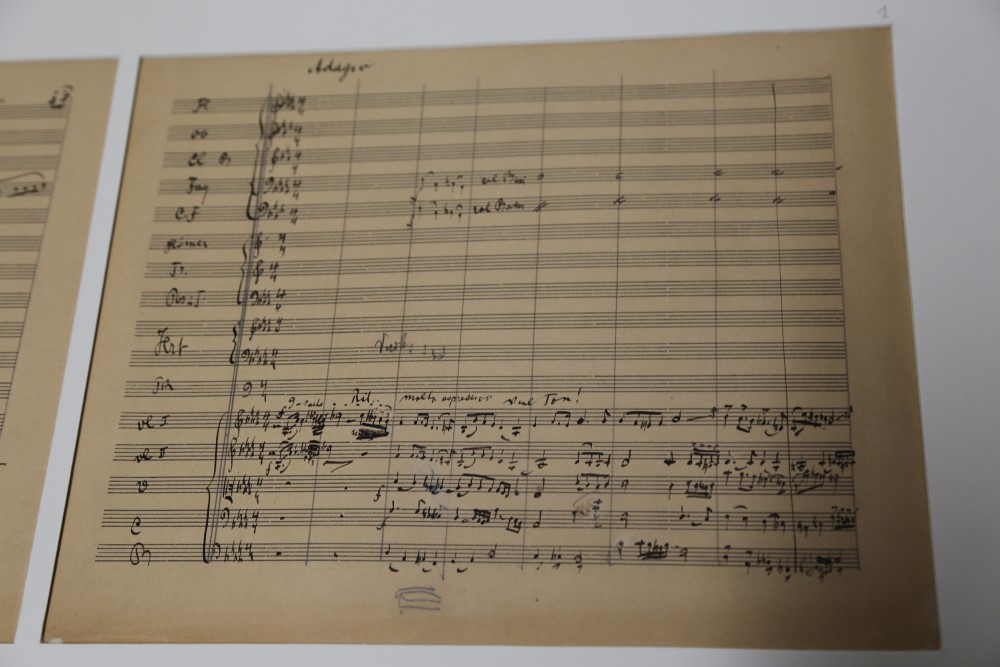History Lieder fur Tenor

Composed Year 1880. Performances by Gustav Mahler Not known if he performed the songs (for Josephine Poisl (1860- after 1880)). Premiere 30-09-1934 Brno, World premiere. Radio Brno with Zdenek Knittl (tenor) and Alfred Eduard Rose (1902-1975) (piano). Versions Three songs. Gustav Mahler originally planned 5 songs. The first three songs are dedicated to Josephine Poisl (1860- after 1880) […]
History Des Knaben Wunderhorn, 12 songs
Composed Year 1892 Year 1893 Year 1894 Year 1895 Year 1896 Year 1897 Year 1898 Performances by Gustav Mahler 1893 Concert Hamburg 27-10-1893 – Symphony No. 1, Des Knaben Wunderhorn (Premieres) 1893 Concert Wiesbaden 17-11-1893 – Des Knaben Wunderhorn 1900 Concert Vienna 14-01-1900 – Des Knaben Wunderhorn (Premiere), Lieder eines fahrenden Gesellen 1905 Concert Vienna […]
History Des Knaben Wunderhorn (piano), 9 songs
Composed Year 1887 Year 1888 Year 1889 Year 1890 Performances by Gustav Mahler 1889 Concert Budapest 13-11-1889 – Lieder fur Singstimme, Des Knaben Wunderhorn (Premieres). 1893 Concert Hamburg 27-10-1893 – Symphony No. 1, Des Knaben Wunderhorn (Premieres). 1900 Concert Vienna 14-01-1900 – Des Knaben Wunderhorn (Premiere), Lieder eines fahrenden Gesellen. 1905 Concert Vienna 29-01-1905 – […]
History Kindertotenlieder

Composed Year 1901 Year 1902 Year 1903 Year 1904 Performances by Gustav Mahler 1905 Concert Vienna 29-01-1905 – Des Knaben Wunderhorn, Kindertotenlieder, Ruckert-Lieder (Premieres) 1905 Concert Graz 01-06-1905 – Des Knaben Wunderhorn, Kindertotenlieder, Ruckert-Lieder 1905 Concert Vienna 03-02-1905 – Des Knaben Wunderhorn, Kindertotenlieder, Ruckert-Lieder 1906 Concert Amsterdam 08-03-1906 – Kindertotenlieder, Ruckert-lied, Symphony No. 5 1907 […]
History Das klagende Lied

Composed Performances by Gustav Mahler Versions Year 1879. 03-03-1879. Letter by Gustav Mahler (1860-1911) to Anton Krisper (1858-1914) with a draft for the text of the first version of Das klagende Lied; Poem ‘Ballade vom blonden und braunen Rittersmann’. Comprising three parts, numbered by the composer “I”-“III”, of nine, five and seven stanzas, respectively, with autograph title (“Ballade vom blonden und […]
History Das Lied von der Erde

Composed Performances by Gustav Mahler Premiere Willem Mengelberg History Das Lied von der Erde, Lied 6: Der Abschied, for piano. Versions Publications 1911. Publication Das Lied von der Erde for piano by Universal Edition (UE) music publishers. Publication Das Lied von der Erde by Philharmonia. Conducting Bernard Haitink (1929) owns a special facsimile edition of Das Lied von […]
Movement 4: Adagio. Sehr langsam und noch zuruckhaltend

The final movement, marked zurückhaltend (“very slowly and held back”; literally, “reservedly”), opens with only strings. Commentators have noted the similarity of the opening theme in particular to the hymn tune Eventide (Abide With Me is a well-known Christian hymn composed by Henry Francis Lyte in 1847). But most importantly it incorporates a direct quote […]
Movement 3: Rondo-Burleske: Allegro assai. Sehr trotzig
The third movement, in the form of a rondo, displays the final maturation of Mahler’s contrapuntal skills. It opens with a dissonant theme in the trumpet which is treated in the form of a double fugue. The following five-note motif introduced by strings in unison recalls of Symphony No. 5, Movement 2: Stürmisch bewegt, mit […]
Movement 2: Im Tempo eines gemachlichen Landlers. Etwas tappisch und sehr derb
The second movement is a series of dances, and opens with a rustic Ländler, which becomes distorted to the point that it no longer resembles a dance. It contains shades Mahler’s Symphony no.4, Movement 2: In gemächlicher Bewegung, in the distortion of a traditional dance into a bitter and sarcastic one. Traditional chord sequences are […]
Movement 1: Andante comodo
The first movement embraces a loose sonata form. The key areas provide a continuation of the tonal juxtaposition displayed in earlier works (notably the Symphonies No. 6 and No. 7). The work opens with a hesitant, syncopated rhythmic motif (which Leonard Bernstein (1918-1990) suggested is a depiction of Mahler’s irregular heartbeat, which is heard throughout the […]
